
Navigating The Shift To Remote Learning: Strategies For Educators
- 10 Feb, 2024
- Education
- 480 Views
- 0 Comments
In the wake of unprecedented global events, the education landscape has undergone a significant transformation. The rapid shift to remote learning has presented educators with both challenges and opportunities unlike any they have faced before. As traditional classrooms transition to virtual spaces, educators must adapt their teaching methods and strategies to ensure effective learning experiences for their students. In this blog post, we'll explore some key strategies to help educators navigate this shift to remote learning successfully.
1. Embrace Technology:
In a remote learning environment, technology becomes the cornerstone of education. Educators should familiarize themselves with various digital tools and platforms that facilitate online teaching and learning. From video conferencing software to learning management systems, technology can enhance engagement, collaboration, and communication among students and teachers.
2. Foster a Sense of Community:
Building a sense of community in a virtual classroom is essential for student engagement and motivation. Educators can create opportunities for students to connect through online discussions, group projects, and virtual events. Encouraging active participation and collaboration fosters a supportive learning environment where students feel connected despite physical distance.
3. Provide Clear Communication:
Effective communication is key to successful remote learning. Educators should establish clear guidelines and expectations for students regarding assignments, deadlines, and participation. Providing regular updates and feedback helps students stay on track and understand their progress. Additionally, educators should be readily available to address any questions or concerns students may have.
4. Adapt Instructional Strategies:
Traditional teaching methods may not always translate seamlessly to a remote setting. Educators should be flexible and willing to adapt their instructional strategies to suit the online environment. This may involve incorporating multimedia resources, interactive activities, and asynchronous learning opportunities to accommodate diverse learning styles and preferences.
5. Encourage Self-Directed Learning:
Remote learning offers students greater autonomy over their learning process. Educators can empower students to take ownership of their education by providing resources and guidance to support self-directed learning. Encouraging independent exploration, critical thinking, and problem-solving skills cultivates lifelong learners capable of adapting to new challenges.
6. Promote Digital Citizenship:
With increased reliance on technology, it's essential to educate students about responsible digital citizenship. Educators should emphasize the importance of online safety, privacy, and etiquette. Teaching students to critically evaluate online information and engage in respectful online communication prepares them to navigate the digital world responsibly.
7. Cultivate Flexibility and Resilience:
Remote learning environments can be unpredictable, requiring educators to demonstrate adaptability and resilience. Encountering technical issues, scheduling conflicts, or other unforeseen challenges is inevitable, but maintaining a positive attitude and problem-solving mindset can help overcome obstacles effectively. Flexibility in planning and delivery allows educators to accommodate changing circumstances and student needs.
In conclusion, navigating the shift to remote learning requires educators to embrace innovation, collaboration, and adaptability. By implementing these strategies, educators can create engaging and effective learning experiences that empower students to succeed in a digital world. While the transition may pose challenges, it also presents an opportunity for educators to explore new possibilities and redefine the future of education.




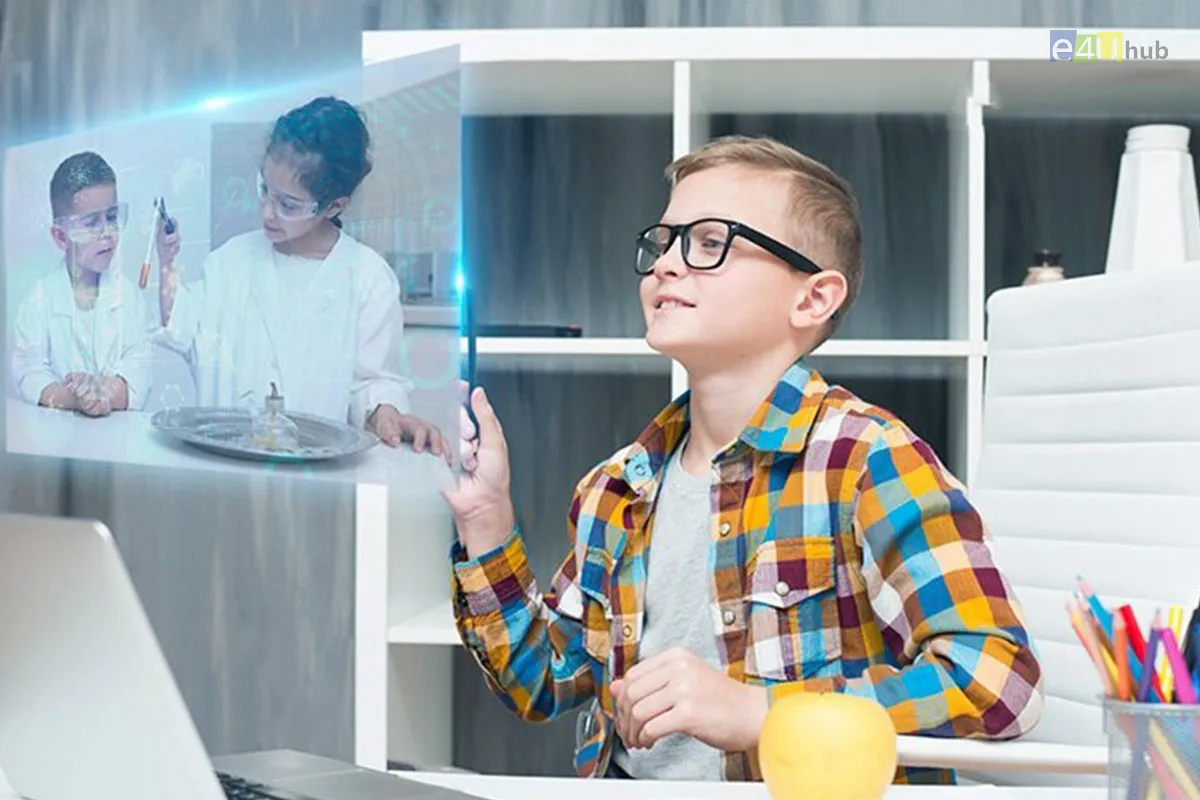

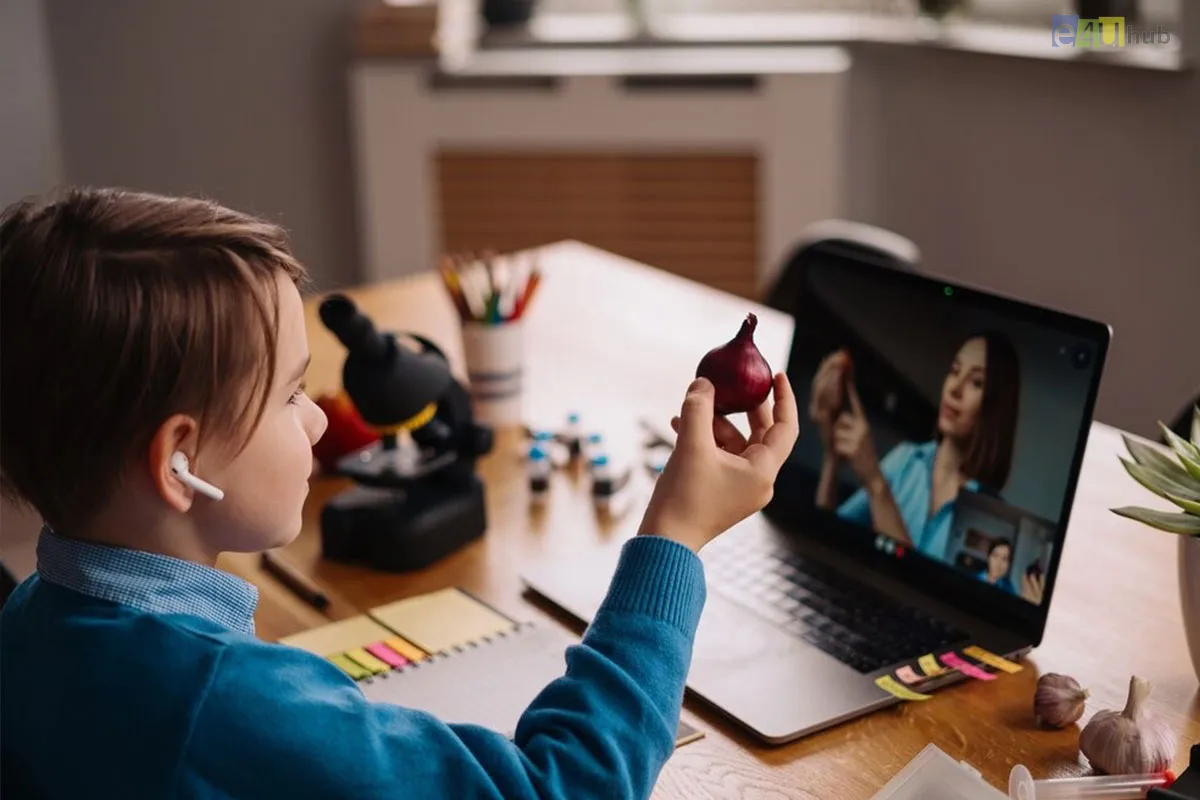
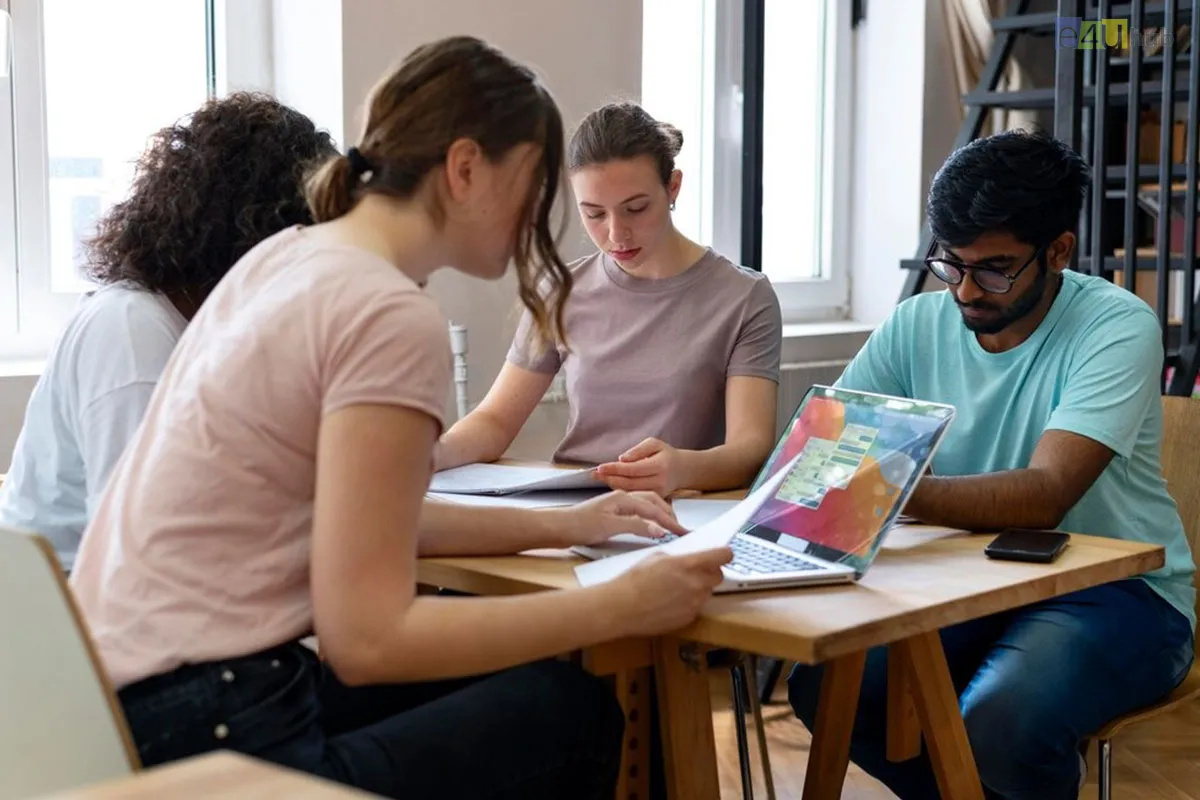
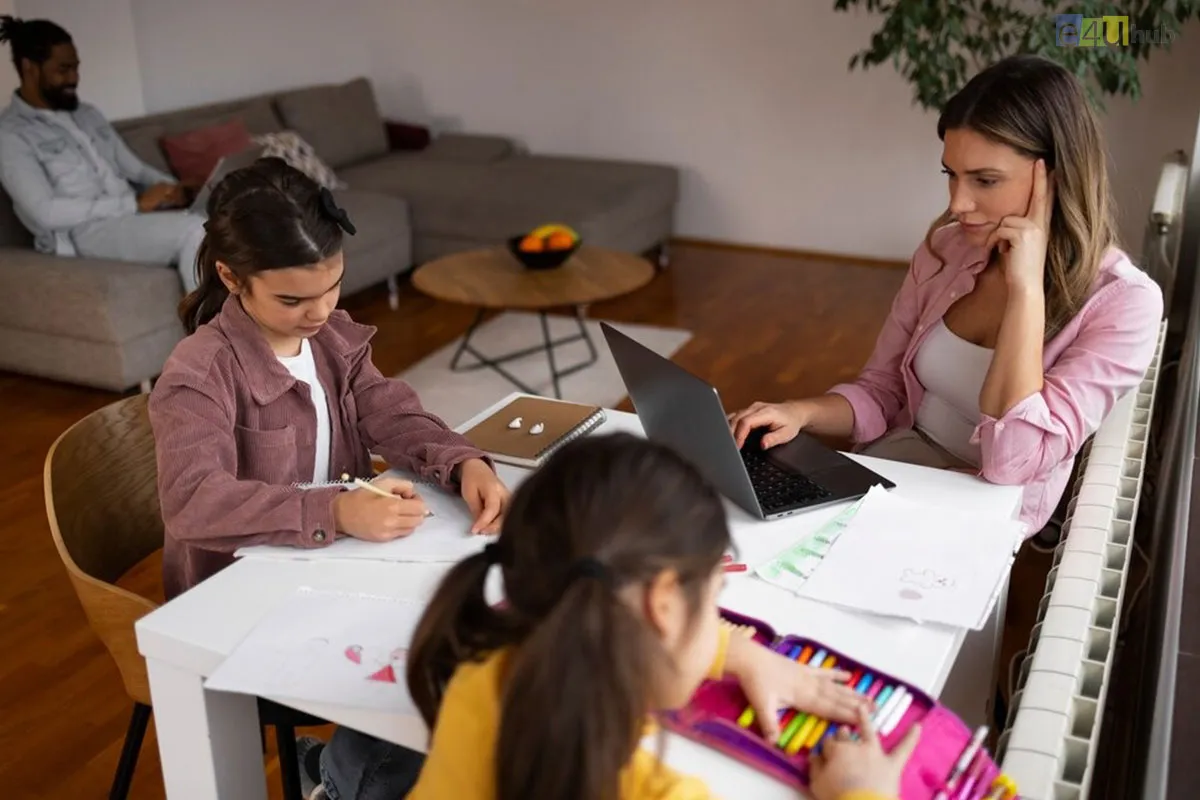




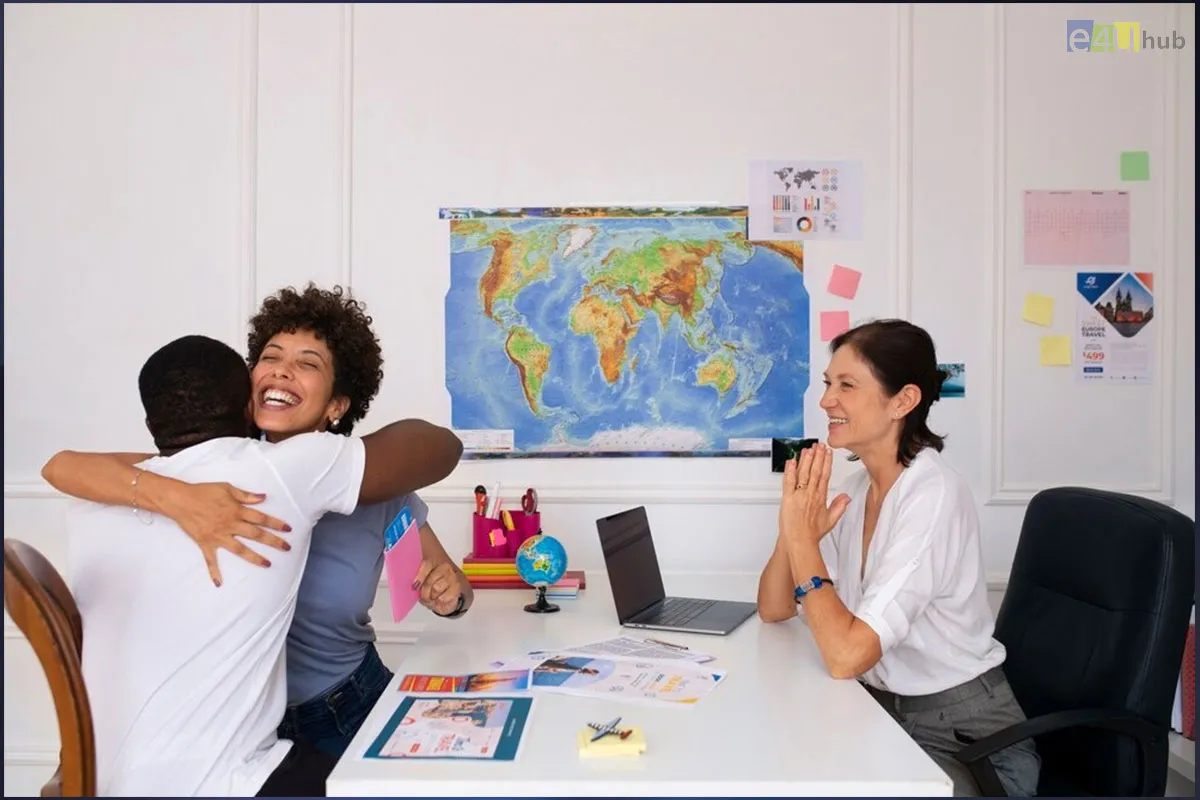

Leave a Reply